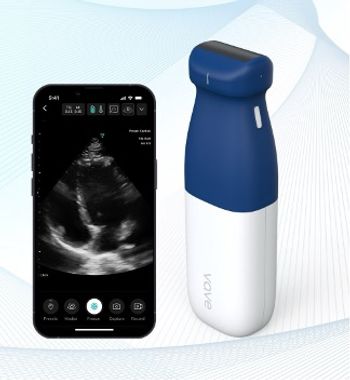
Vave Health launches Universal Wireless Probe for enhanced medical imaging

Proposed tariffs threaten biotech supply chain, innovation, BIO survey warns

Brain swelling and intracranial pressure management device gets FDA designation

Vave Health launches Universal Wireless Probe for enhanced medical imaging

Tariffs could play a big role in what you pay for medical devices, and they may disrupt the entire industry

Tariffs could play a big role in what you pay for medical devices, and they may disrupt the entire industry

Tariffs could play a big role in what you pay for medical devices, and they may disrupt the entire industry

Tariffs could play a big role in what you pay for medical devices, and they may disrupt the entire industry

Tariffs could play a big role in what you pay for medical devices, and they may disrupt the entire industry
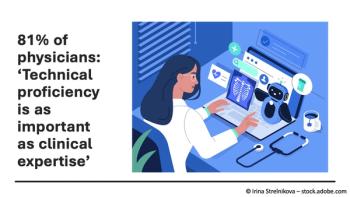
Physicians spend an average of 22 personal hours per month learning about new health care technology, says Sermo survey.

Company adds ability to analyze tables, charts and diagrams

A Florida Atlantic University study paired high school students with older adults to improve tech literacy and health tracking.

President Trump says it’s necessary to impose extra costs on goods from Canada, Mexico and China. What does that mean for the health care sector? Potentially, a lot.
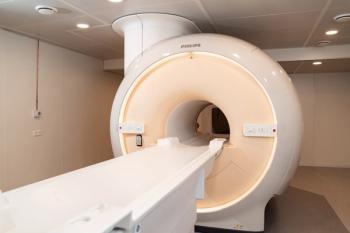
Philips SmartSpeed Precise aims for faster scan times and improved diagnostic image quality across the company’s devices.
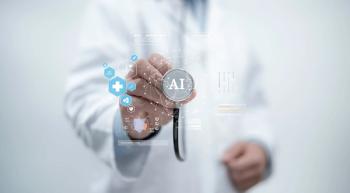
A study, published in JACC Advances, highlights potential for early heart failure detection in primary care, thanks to AI.
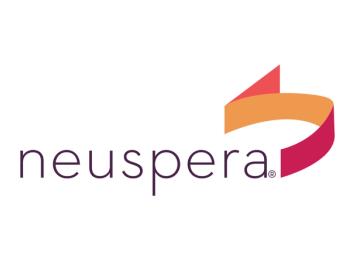
Neuspera Medical's system could offer a less invasive, more patient-friendly approach to treating UUI. The company anticipates regulatory clearance later this year.
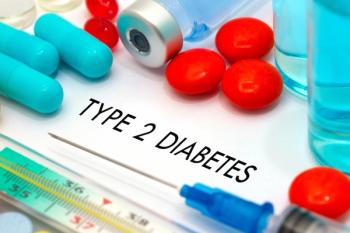
New automated insulin delivery system expands access to advanced diabetes technology.
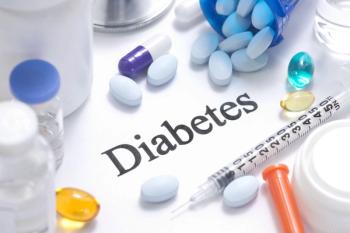
Study finds that patients see the same results from advanced insulin delivery technology from primary care, telehealth training as they would from in-person specialists.

Real-time neuromodulation offers more precise treatment for Parkinson’s patients.

U.S. agencies warn health care Industry of new ransomware threat.
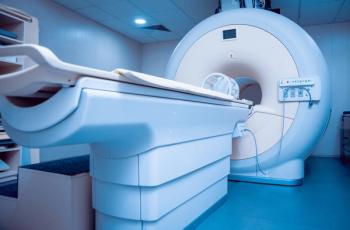
Ezra Flash enhances the quality of imaging for neuro, abdomen and pelvis MRIs.
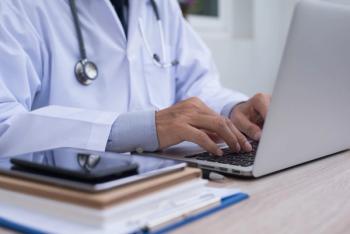
Clean Seal Privacy Screen Protectors limit screen viewing angles and are compatible with medical grade disinfectants
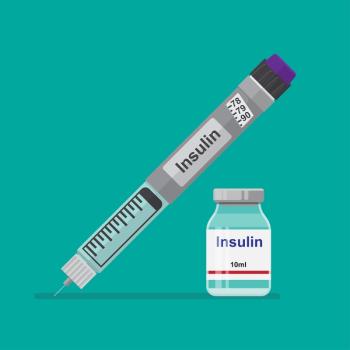
UVA researchers test AI technology to enhance automated insulin delivery and improve blood sugar control for patients with T1D.
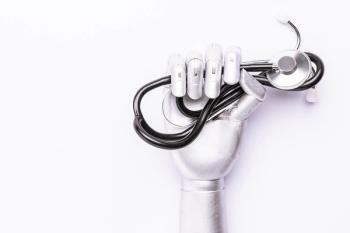
A new study highlights the potential of AI for early detection of PH.
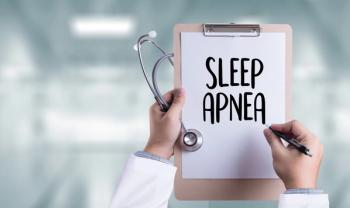
The SANSA can begin using cellular data upload capabilities, removing the need for apps or Bluetooth pairing
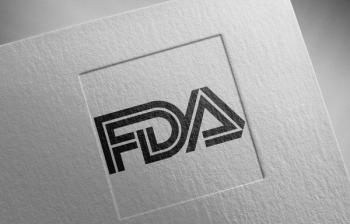
Some patients report not receiving critical safety alerts, creating potentially life-threatening situations
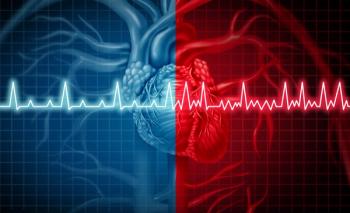
The wrist wearable can collect data on blood pressure, pulse rate, blood oxygen saturation, respiration rate, and ECG waveforms
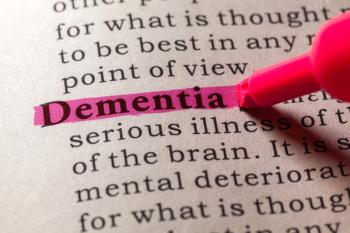
Study highlights benefits of GPS tracking, geo-fencing and two-way communication.